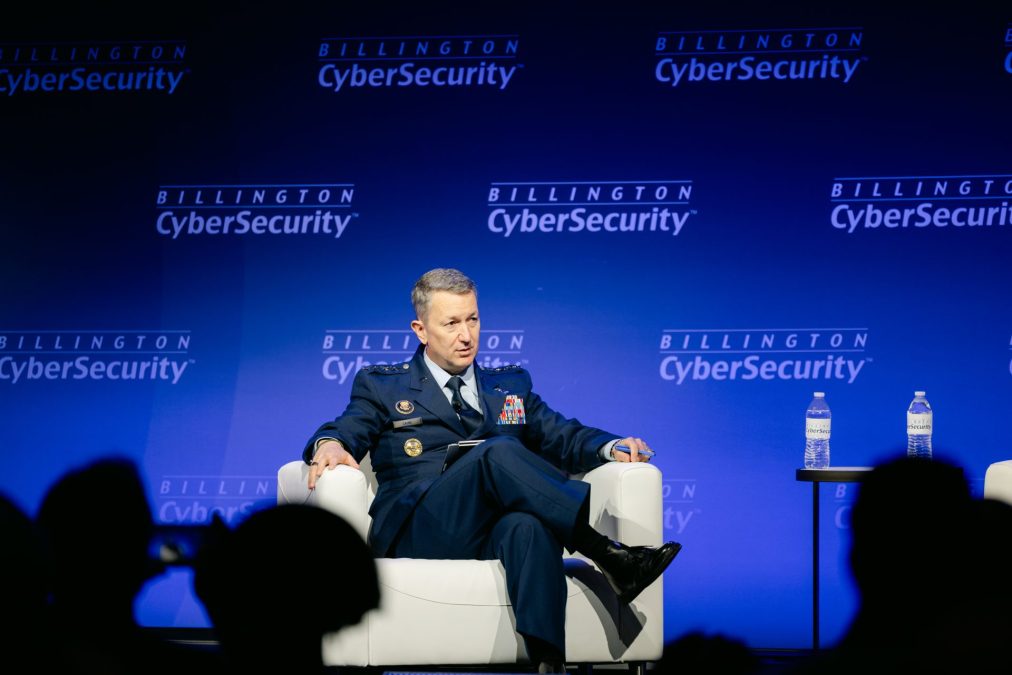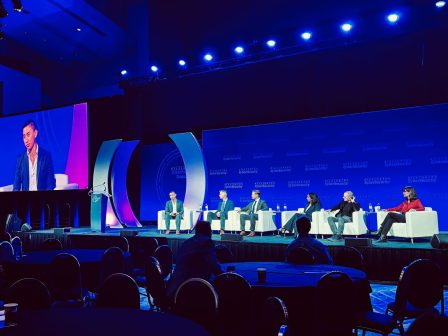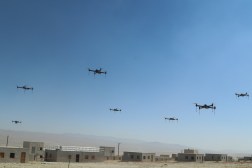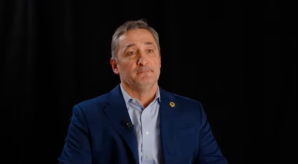Joint Chiefs chairman wants ‘global risk algorithm’ to help measure threats worldwide

The joint force recognizes a dire need to adopt and apply advanced algorithms and other next-generation AI capabilities to help commanders and Pentagon decision-makers understand and manage threats as they confront pressing security challenges in multiple regions around the world, according to the highest-ranking U.S. military officer.
“I think there’s always the risk of unintended escalation, and that’s what’s so important about using advanced tech tools to understand the environment that we’re operating in and to help leaders see and sense the risk that we’re facing,” Chairman of the Joint Chiefs of Staff Gen. Dan Caine said. “And there’s really no shortage of those risks right now.”
During a fireside chat at the Billington Cybersecurity Summit in Washington on Wednesday, Caine suggested he and other defense leaders could use a “global risk algorithm” to evaluate the military’s complex and sprawling contemporary threat landscape.
His comments came roughly one day after Israel conducted an air strike targeting senior Hamas officials in Qatar, and hours after NATO sources confirmed the alliance scrambled fighter jets and activated air defenses against Russian drones that entered Poland’s territory during a large-scale assault on Ukraine. The U.S. is also moving personnel and Naval assets to Latin America to target drug cartels.
“[Iconic technothriller writer] Tom Clancy — on his most inspired day — would probably struggle to come up with the number of serious and simultaneous events that are going on in the world right now. I mean, just yesterday morning, before 10:00am, we were dealing with an issue in Europe, we were dealing with an issue in the Pacific, we were dealing with an issue in our own hemisphere, and, of course, an issue in the Middle East. And it’s all of these things,” Caine said.
“So when I think about a global risk algorithm and how to measure global risk, it’s comprised of many, many variables, and not all equally weighted. But nonetheless, we see a lot of frothiness right now in the global security environment,” he explained.
The general said his team is already using AI — and some emerging, supermodern AGI, or artificial general intelligence — to essentially “see and sense those risks,” and better identify possible places where tensions could escalate. But in Caine’s view, the present geopolitical moment also underscores the necessity for capabilities to help more deeply assess the “equation of risk” and “equation of response” across the military, intelligence community and government agencies, with support from commercial cybersecurity firms.
“Bring us these great capabilities that we can bring into the joint force and then field to create, ultimately, the multiple simultaneous dilemmas that I want to create in the minds of our adversaries every day, to create deterrence,” he said.
Before he assumed the role of President Donald Trump’s top military advisor in April, Caine served as an F-16 fighter pilot, the CIA’s Associate Director for Military Affairs, and as a serial entrepreneur in the private sector, among other roles.
At the Billington conference, he expressed confidence that senior Pentagon officials are moving to positively disrupt the department’s procurement approaches, with overarching aims to ensure the military is “buying and fielding combat capability ahead of the technical development curve — not behind it.”
“Be patient with us a little bit, as we’re on this journey of learning,” Caine said.






